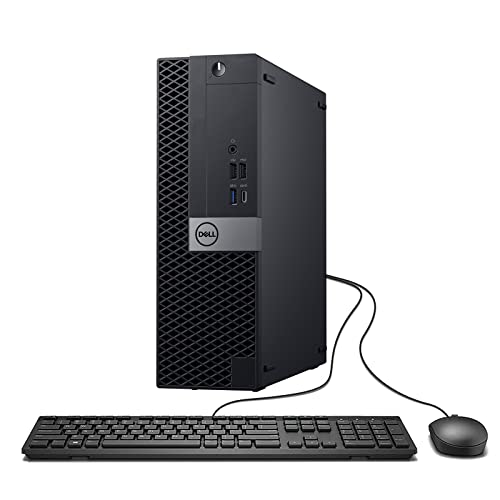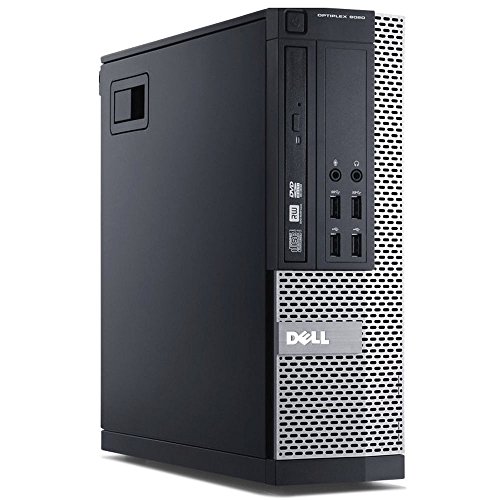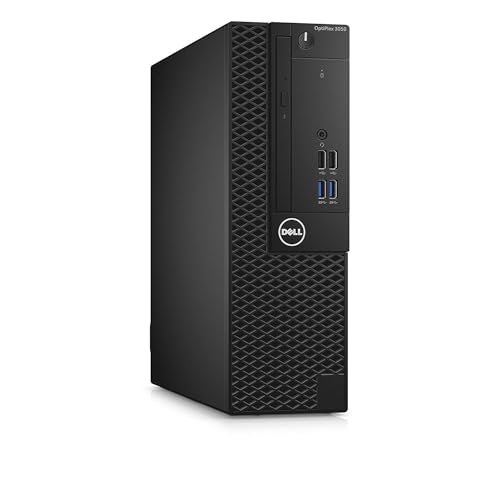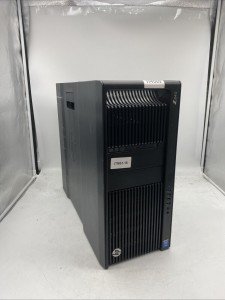A reliable remote desktop setup is essential for maintaining productivity in high‑performance PCs used for remote work. Optimizing connectivity, display settings, and system responsiveness enables seamless collaboration and access to critical applications from afar.
- Configure network settings to prioritize stable, wired connections and set up VPNs for secure remote access.
- Optimize display resolution and refresh rates in remote desktop software to reduce lag and improve visual clarity.
- Utilize remote management tools and regular performance monitoring to ensure that system resources are allocated efficiently during remote sessions.
- Adjust security settings to protect sensitive data during remote access while maintaining system responsiveness.
By streamlining your remote desktop setup through optimized connectivity and display settings, you create a productive environment for remote work. Investing in these optimizations ensures that your high‑performance PC stays accessible, secure, and responsive from any location.
Ultimate Guide to Remote Desktop Optimization for High-Performance PCs
Unlock seamless remote desktop experiences on your high-performance PC. From connectivity optimization and VPN security to display settings optimization and system responsiveness, this guide shows you how to stay productive no matter where you work.
Introduction
A reliable remote desktop setup is essential for maintaining productivity in today’s distributed workforces. By optimizing connectivity, fine-tuning display settings, and ensuring system responsiveness, you can access resource-intensive applications on your high-performance PC from anywhere with minimal lag and maximum security.
1. Network Connectivity Optimization
A stable connection is the backbone of any remote work session. Follow these strategies:
- Prioritize Wired Internet: Use Gigabit Ethernet where possible. Wired connections deliver lower latency and consistent throughput compared to Wi-Fi.
- Configure Quality of Service (QoS): On your router, prioritize RDP, VNC, or PCoIP traffic to reduce jitter and packet loss.
- Upgrade Network Hardware: Invest in business-grade switches and routers that support 1 GbE or 10 GbE for high-bandwidth workflows.
- Use Redundant Paths: If available, set up failover between primary and secondary ISPs to ensure uninterrupted remote access.
2. Secure VPN Configuration
Protect sensitive data and ensure secure remote access:
- Choose the Right VPN Protocol: WireGuard and OpenVPN offer strong encryption with manageable performance overhead.
- Deploy Hardware-Accelerated VPN: Use routers or firewalls with built-in VPN acceleration to offload encryption tasks.
- Enable Split Tunneling: Route only business traffic through the VPN to reduce bandwidth usage and latency.
- Implement Multi-Factor Authentication: Add a second factor (TOTP, hardware token) to your VPN login for enhanced security.
3. Display Settings Optimization
Tune your remote desktop client to balance clarity and responsiveness:
| Parameter | Recommended Value | Benefit |
|---|---|---|
| Resolution | 1920 × 1080 (or native) | Sharp text, minimal scaling |
| Refresh Rate | 60 Hz+ | Smoother cursor & scrolling |
| Color Depth | 24-bit | Balance image quality & bandwidth |
| Visual Effects | Disabled | Reduced GPU/CPU load |
- Match remote resolution to your local monitor to avoid unnecessary scaling artifacts.
- Use higher refresh rates for fluid cursor movement and scrolling.
- Adjust color depth or enable adaptive compression if bandwidth is constrained.
4. Performance Monitoring & Resource Management
Ensure your high-performance PC allocates resources effectively during remote sessions:
- Real-Time Monitoring: Use tools like Windows Performance Monitor, MSI Afterburner, or custom dashboards to track CPU, GPU, RAM, and network usage.
- Dynamic Resource Allocation: Configure Remote Desktop Services to assign CPU/GPU cores and memory based on user load.
- Session Persistence: Enable session shadowing and reconnect features to maintain workflows after interruptions.
- Automated Scaling: In virtualized environments, spin up additional GPU-powered VM instances under heavy load.
5. Security & Access Control
Protect sensitive applications and data during remote desktop access:
- Network Level Authentication (NLA): Require NLA before establishing a remote session to mitigate unauthorized logins.
- Granular Permissions: Use Windows Group Policy or Linux PAM to restrict user actions and file access.
- Firewall Rules: Limit RDP, VNC, or SSH ports to known IP ranges or VPN subnets only.
- Audit Logging: Enable detailed logging of remote login attempts, file transfers, and administrative actions.
6. Implementation Best Practices
- Assess Requirements: Determine user count, application types, and bandwidth needs.
- Plan Infrastructure: Map out network topology, VPN servers, and GPU-enabled hosts.
- Test & Validate: Conduct pilot tests measuring latency, frame rates, and application responsiveness.
- Document Configuration: Record network settings, display profiles, and security policies for troubleshooting.
- Train Users: Provide guidelines on client setup, VPN usage, and best practices for remote sessions.
Conclusion
By streamlining your remote desktop setup—optimizing connectivity, securing access with VPN, fine-tuning display settings, and monitoring system responsiveness—you create a productive, secure environment for remote work. Invest in these strategies to keep your high-performance PC accessible and responsive from any location.







